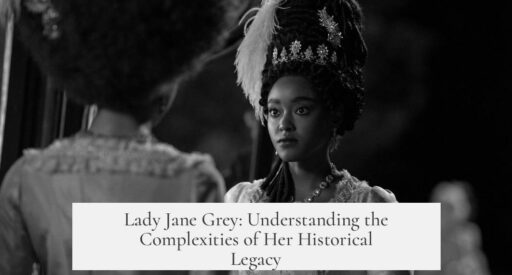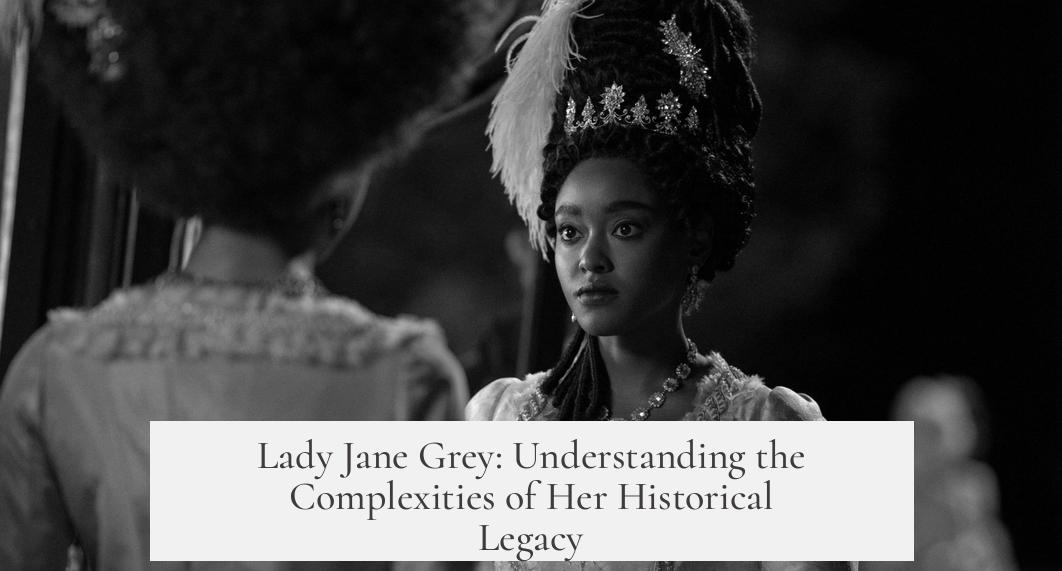Lady Jane Grey is considered a tricky historical subject due to her ambiguous status as a monarch, the brevity of her reign, the political turmoil of her time, and the conflicting interpretations of her role and legitimacy. These factors combine to complicate her placement in the British monarchy’s timeline and make her story difficult to tell with certainty.
Her reign lasted only nine days, from July 10 to July 19, 1553. During this period, she was proclaimed queen after the death of Edward VI, who named her heir over his half-sisters Mary and Elizabeth. However, she was never officially crowned, as Mary Tudor quickly asserted her own claim and took the throne. This short, contested rule blurs the distinction of whether Lady Jane was truly queen or only a claimant.
The lack of an official coronation adds to this complexity. In monarchic tradition, coronation symbolizes formal acknowledgment and legitimacy. Since Jane Grey never experienced this ceremony, many historians and official records hesitate to fully acknowledge her as a ruling monarch. The situation mirrors modern contexts, where a king or queen might reign effectively before coronation but is not deemed the official monarch until the ceremony takes place.
The political context greatly influenced her rise and fall. Edward VI sought to prevent his Catholic sister Mary from ascending to the throne by naming Jane, a Protestant and his cousin, as his successor. This plan aimed to maintain Protestant rule and suppress Mary’s claim. However, many powerful figures and segments of the public favored Mary or were skeptical of Jane’s legitimacy. Elizabeth was also seen as questionable due to doubts about her legitimacy from being the daughter of Anne Boleyn.
Jane’s personal agency remains uncertain. She was only a teenager, approximately 16 or 17 years old, and was married to Lord Guildford Dudley, son of the Duke of Northumberland, the chief architect behind Jane’s claim. Northumberland served as a power broker, using Jane’s elevation to secure his own influence and prepare the way for his son to eventually reign. Although Jane was well-educated and able to form her own opinions, many scholars suggest she was largely a pawn caught between powerful forces rather than an autonomous political player.
| Aspect | Details |
|---|---|
| Reign Duration | 9 days, July 10-19, 1553 |
| Coronation Status | None; proclaimed but uncrowned |
| Heir Naming | Last minute decision by Edward VI, overriding siblings |
| Legitimacy | Contested; political factions opposed Mary and Elizabeth |
The legal and succession arrangements were complex and inconsistent. Originally, succession plans prioritized male heirs, with females considered placeholders until a male child was born. Edward VI’s “Devise for the Succession” altered this by including Jane herself, as no male heirs were available. Yet, Jane’s mother, Frances Brandon, was still alive and expected by some to precede Jane in the line of succession. These irregularities create uncertainty about the legitimacy of Jane’s claim.
Moreover, Jane’s naming as heir was secretive and not publicly announced. She herself reportedly did not know she was named successor until shortly before Edward’s death. This lack of public endorsement undermined her acceptance and fed skepticism regarding her status. Earlier, Henry VIII had established Mary and Elizabeth as legitimate heirs, which further complicated Jane’s sudden elevation.
Her brief reign also sparked intense strife. Different groups either saw her as a powerless figure controlled by Northumberland or as a young woman with some agency attempting to navigate a dangerous political landscape. Historians debate her role as either a victim or an active participant. This disagreement remains a significant source of interpretive difficulty.
Finally, debate surrounds whether Lady Jane Grey should be considered a “true queen.” Her parentage, the contested succession documents, absence of coronation, and lack of sustained recognition challenge her status. Some argue she was queen de facto during those nine days, while others view her only as a claimant under manipulated circumstances. Both positions find evidence in historical records, leaving her legacy ambiguous.
- Jane’s reign lasted only nine days and was uncrowned.
- Her succession was a last-minute, politically motivated attempt to block Catholic Mary.
- She was young and likely manipulated by powerful nobles.
- Succession laws and documents were complex and inconsistent.
- Her naming as heir was secret and lacked public support.
- Historians remain divided over her legitimacy and role.
Lady Jane Grey’s story remains a puzzle in British history, marked by brief power, political intrigue, and doubts over her rightful place. This combination makes her a uniquely challenging figure to study and understand.
Why is Lady Jane Grey’s reign difficult to place in British royal history?
Her reign lasted just nine days and she was never crowned. This brief, contested period makes it unclear if she counts as a true queen, complicating her place in the official timeline.
Was Lady Jane Grey officially recognized as queen?
No. Since she never had a coronation, some do not count her as an official monarch. Her claim ended quickly when Mary I took the throne.
How did politics influence Lady Jane Grey’s rise to the throne?
Jane’s rise was a political move to block Mary, who was Catholic, and Elizabeth, seen as illegitimate. Powerful figures backed Jane to maintain control.
Did Lady Jane Grey have real power during her rule?
She was a teenager and likely controlled by others. Some see her as a pawn of Northumberland, while others believe she had some agency, making her role unclear.
Why is there debate over Lady Jane Grey’s legitimacy as queen?
Her succession was based on last-minute changes favoring her over male heirs. This and family lineage issues make her claim contested and her status debated.
Was the public informed of Lady Jane Grey’s succession?
No. The decision was secret, and Jane herself was unaware. This lack of announcement led many to doubt her legitimacy from the start.




